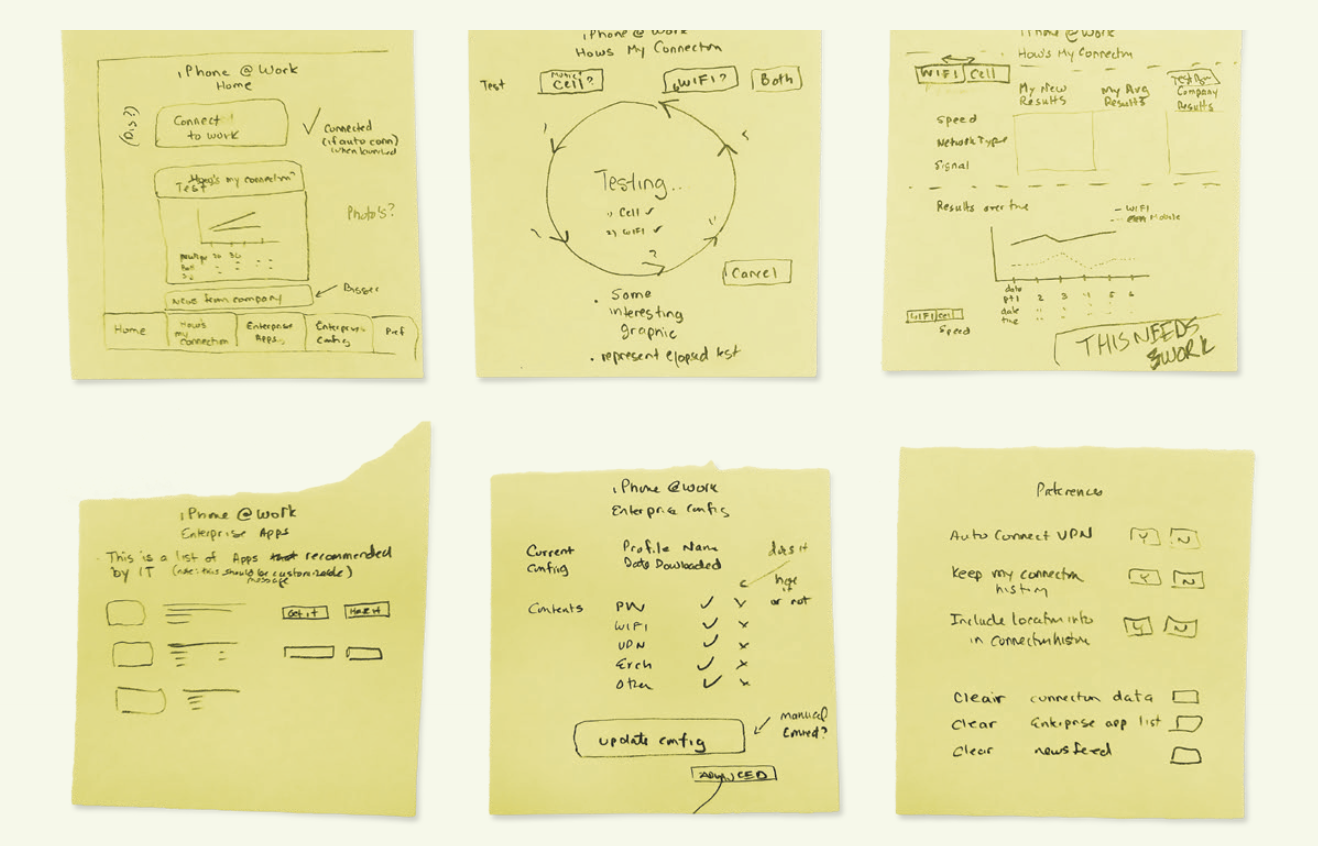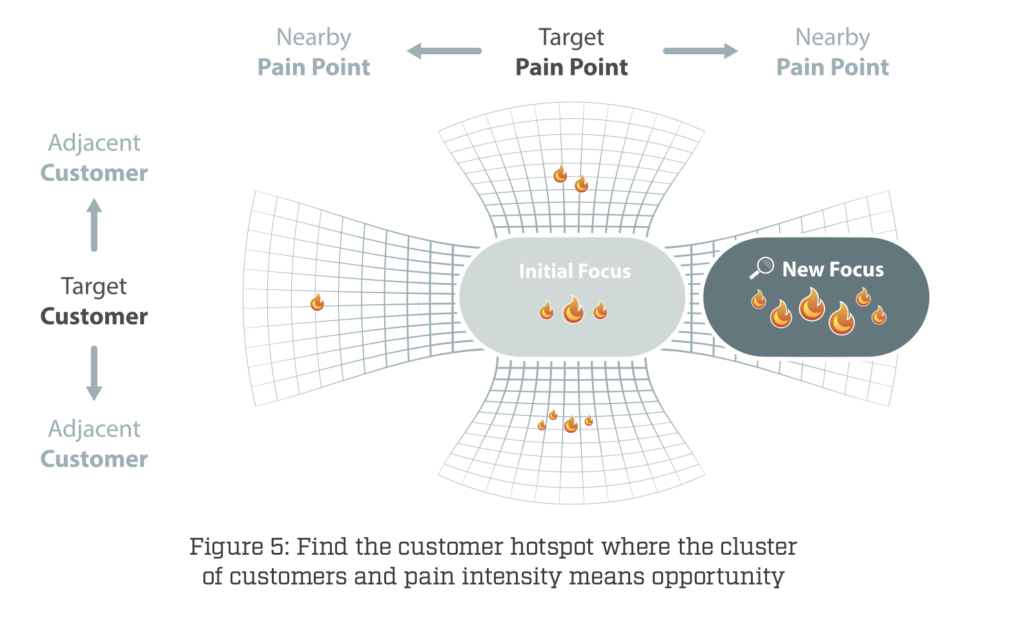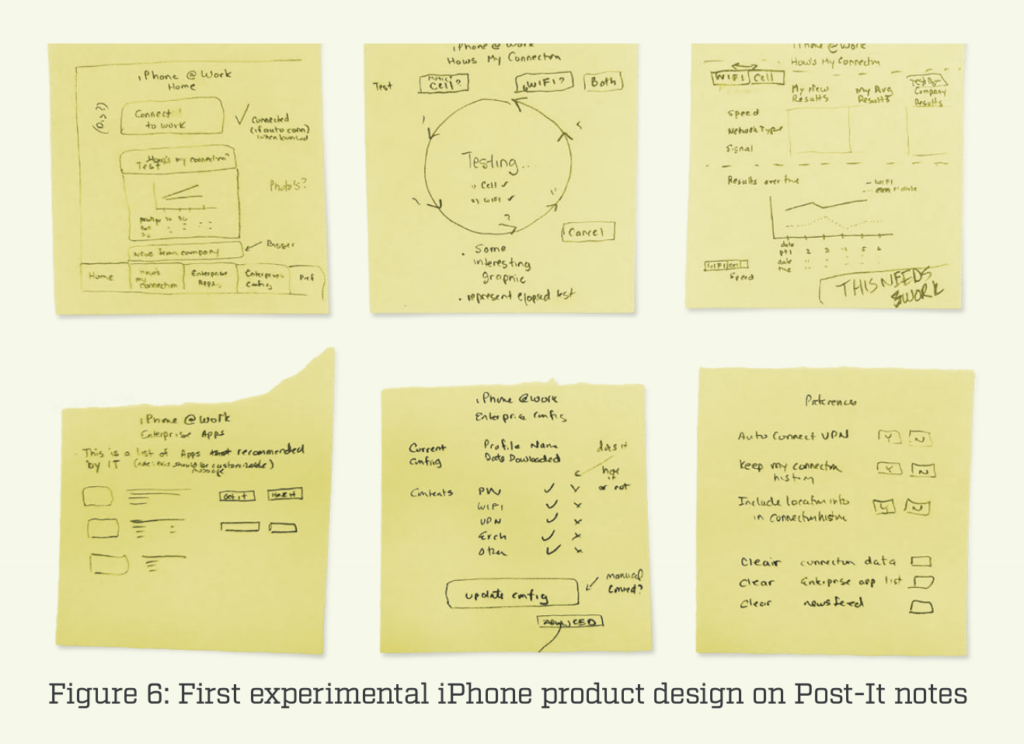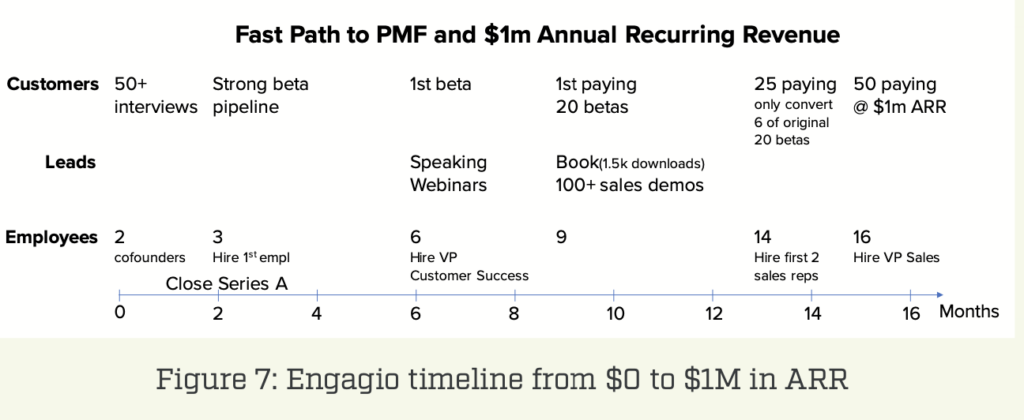
Nailing Product Market Fit: An Advanced Lesson

Our last two blogs have focussed on finding product-market fit. Here we give some advanced advice, with two examples of companies we’ve worked closely with as they found product-market fit.
Listen and iterate to 20 paying customers
Getting to 20 paying customers and finding PMF isn’t a linear process; it’s cyclical. First, you listen. Then you make changes. Then you listen some more. It’s constant iteration until you find the set of features that fits the pain point.
Why 20 paying customers? We picked that number. The right number for your startup could be more or less. The key is to pick a number of paying customers that represent a meaningful number of customers with a common problem, for which your product represents the right solution—and those customers are willing to pay for it.
The path to 20 paying customers is noisy. Deals are moving in and out of the sales pipeline. Different customers have slightly different problems or views of the right solution. Lots of people inside the startup are naturally talking directly to customers. The challenge is not getting enough customer feedback but often getting too much, and then sifting through it. Getting structured customer feedback really helps the analysis. Evaluating this early feedback can be a source of contention in an early-stage company—especially if the feedback suggests that the company needs to pivot away from its founding product-market hypothesis.
- Watch out for confirmation bias. It’s dangerous only to listen to feedback that confirms the initial hypothesis. Ironically, this is a bigger risk for experienced or passionate founders.
- Customers know best. Overweighting the opinion of a VC board member can send a company down the wrong path. The VC doesn’t buy the product. Customers do. And data trumps opinion.
Picking the PMF hotspot: Often harder than it looks
With a too-narrow focus on the core target, a company may only get four or five paying customers and miss a hotspot in a nearby adjacency.
Picking your hotspot can be tricky. What are the clusters where you feel real traction? Which cluster has a future that you can depend on? Which cluster comes with urgency? Often one or two clusters become your PMF hotspot candidates. Focus on those hotspots and drill in: iterate, improve, and work like fiends to win those first 20 customers.

Tae Hea: “Early on, EchoSign, an electronic documents signature SaaS company, had several legitimate use cases that formed hotspots: HR offers, internal approvals, sales contracts, and document management. They were all legitimate candidates with real customer opportunities. But one use case was the hotspot with the most traction and felt like it had the deepest pool of customer opportunities: using EchoSign to help sales reps speed up customer signatures on sales contracts. The team zeroed in on the sales contract hotspot, and found PMF.”
Narrowing down on the hotspot is harder than it sounds for two reasons. First, picking the right hotspot will be a mixture of current information, market data, and educated guesswork. And second, narrowing to a single hotspot means the enterprise startup in Survival mode must painfully say no to very legitimate near-term revenue opportunities outside the selected hotspot.
CASE STUDY: MobileIron: Adjusts and Finds PMF
MobileIron’s PMF was different than the initial founding hypothesis. Two adjacent hotspots turned out to be the compelling opportunity and catalyzed PMF. If MobileIron had stayed dogmatically focused on the initial hypothesis, the company would have missed a much larger opportunity and perhaps never have found PMF.
MobileIron’s initial founding hypothesis: Smartphones (primarily Windows and Nokia) are computers. Provide security, management, and expense reduction so that enterprise companies can adopt smartphones and control costs.
Adjacent hotspots: As it turned out, two adjacent hot spots became much more compelling for enterprise customers: (1) iPhone security for email and mobile apps. (2) Enable BYOD (Bring Your Own Device) to work which separates personal and work information.
Bob: “Finding our adjacent hotspots was partly listening and paying attention to adjacencies—and part luck. We started MobileIron in 2007, the same year Apple launched the iPhone. Over the course of 2008 and 2009, the iPhone was dragged into the enterprise by users— some were owned by the company, some were owned by employees. IT Departments were both struggling and curious about the opportunity. So we took a risk and experimented on an adjacency. Our original iPhone-centric product designs were sketched out on Post-It notes.

“Some felt this experiment was an unnecessary distraction from our core original focus. Yet as we iterated and tried it with customers, we were able to get first meetings more quickly. Customers wanted to test the functionality. We started getting inbound calls as customers talked to each other. We knew this was it—we had found our hotspot for PMF, and we never looked back.”

CASE STUDY 2: Engagio: Fast path to PMF & $1M Annual Recurring Revenue in 15 months
Engagio is a SaaS provider of Account-Based Marketing software and led by a repeat entrepreneur. Engagio’s founding CEO, Jon Miller, was previously a co-founder of Marketo. Engagio went from 0 to $1M ARR in 15 months, which was very fast. Don’t despair if it takes longer. The box below shows Engagio’s timeline, along with the key milestones and sequencing.
- Hired one complementary co-founder. Jon had experience in product, marketing, and sales.
- So, Jon recruited a single co-founder with strong technical skills.
- Did the customer homework: Jon developed a crisp understanding of the customers’ pain point by personally making all the early customer calls, validating the early product with more than 100 sales demos—all before hiring the first sales rep.
- Raised capital: Armed with customer validation, Engagio closed Series A to fund this plan.
- Iterated to minimum value proposition while painting a vision of the future: To deliver value quickly and speed adoption, the initial product was an add-on to an existing third-party platform (Salesforce). The company then rapidly improved that simple product while simultaneously painting a roadmap to a thought-leading destination. Progress against the roadmap and the thought leadership convinced early customers to bet on Engagio.
- Found Product-Market Fit: Engagio achieved PMF by iterating on the product and measured success by passionate customers who loved the product and used it daily.
- Generated leads and thought leadership: Even in its early days, the company generated many qualified leads via thought leadership. A book on Account-Based Marketing generated 1500 downloads and over 120 demo requests in just a couple of months, plus numerous speaking events and webinars.
- GTM team hiring sequence: Instead of first hiring a VP of Sales, Jon’s first GTM hire was a VP Customer Success along with the first beta customer. At 25 paid customers, Jon hired two sales reps. Only after proving success with the two reps, did Jon hire a VP of Sales.
This blog is based on an extract of our first book, Survival to Thrival: The Company Journey. Look out for a sample chapter of our NEW book, Unlock, which will be posted on our website soon! Sign up to our newsletter to hear about it.